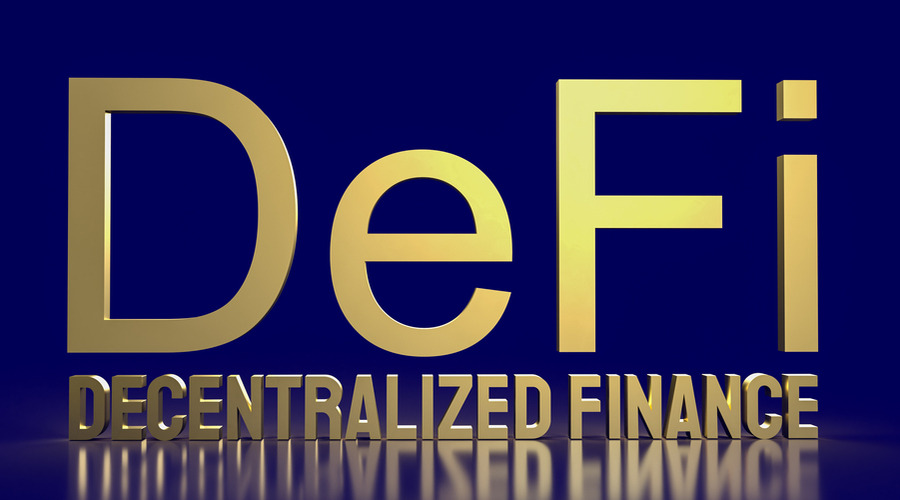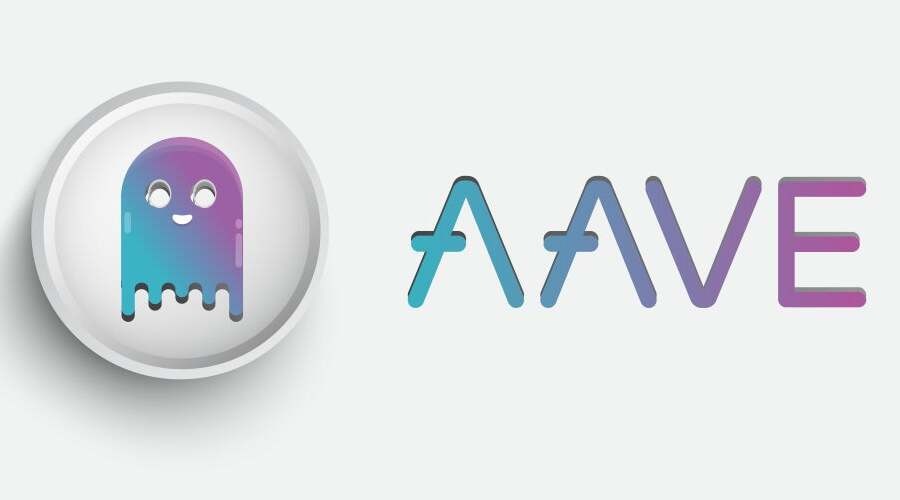

In recent years, decentralized finance has emerged as a groundbreaking concept, revolutionizing the way we interact with financial services. Among the various offerings within the DeFi ecosystem, Decentralized Finance lending has gained significant popularity. In this article, we will delve into the fundamentals of DeFi lending, its benefits, risks, and its potential impact on the financial landscape.
Understanding Decentralized Finance (DeFi)
DeFi refers to a decentralized ecosystem of financial applications built on blockchain technology. It aims to provide open, permissionless, and inclusive financial services, eliminating intermediaries and enabling peer-to-peer transactions. DeFi offers numerous advantages over traditional finance, including increased accessibility, transparency, and efficiency.
What is DeFi Lending?
DeFi lending, short for decentralized finance lending, is a revolutionary financial concept that operates on blockchain technology. It enables individuals to borrow and lend digital assets in a decentralized manner, without the need for intermediaries such as banks or traditional financial institutions.
In traditional lending, borrowers typically approach banks or lending institutions to secure loans. These loans are governed by centralized authorities and are subject to various restrictions, regulations, and intermediaries. Moreover, Decentralized Finance lending on the other hand, leverages smart contracts and blockchain platforms to facilitate lending activities directly between borrowers and lenders.
In the Decentralized Finance lending ecosystem, borrowers lock their digital assets, usually cryptocurrencies, as collateral in smart contracts. The value of the collateral determines the amount of loan they can receive. Lenders, on the other hand, provide their digital assets to the lending pool and earn interest on their lent assets. The interest rates are determined by supply and demand dynamics within the lending platform.
How Does DeFi Lending Work?
- Selection of DeFi Lending Platform: Borrowers and lenders choose a suitable DeFi lending platform that aligns with their requirements. There are various platforms available, each with its own features, supported assets, interest rates, and user interfaces.
- Collateralization: Borrowers initiate the lending process by depositing their digital assets, usually cryptocurrencies, as collateral in a smart contract. The collateral’s value determines the borrowing capacity. It acts as a guarantee for the lender in case the borrower fails to repay the loan.
- Loan Request and Terms: Borrowers specify the desired loan amount and terms, including the duration and interest rate they are willing to pay. These parameters vary depending on the specific DeFi lending platform and its smart contract implementation.
- Matching Borrowers and Lenders: The DeFi lending platform matches borrowers with lenders based on their preferences and available funds. This process may involve algorithms and protocols that optimize loan allocation and interest rates.
- Smart Contract Execution: Once a suitable lender is found, a smart contract is created and executed on the blockchain. The smart contract defines the terms of the loan, including repayment schedule, interest rate, and collateral requirements. It ensures that the lending agreement is enforced automatically without the need for intermediaries.
- Disbursement of Loan: Once the smart contract is executed, the borrower receives the loan amount in their designated wallet address. The loaned funds can be used for various purposes, such as investment, business operations, or personal needs.
- Interest Payments and Repayment: Borrowers are required to make regular interest payments on the loan according to the terms specified in the smart contract. These interest payments are distributed to the lenders as a reward for providing their funds to the lending pool.
Popular DeFi Lending Platforms


- Compound: Compound is one of the pioneering DeFi lending platforms that allows users to lend and borrow a wide range of cryptocurrencies. It operates on the Ethereum blockchain and utilizes an algorithmic interest rate model that adjusts based on the supply and demand dynamics within the platform. Compound offers an intuitive user interface and has established itself as one of the leading names in DeFi lending.
- Aave: Aave is another prominent DeFi lending platform known for its innovative features and user-friendly interface. It supports lending and borrowing of various digital assets, including stablecoins and cryptocurrencies. Aave incorporates unique features such as flash loans, which enable users to borrow funds without collateral as long as the loan is repaid within the same transaction block.
- MakerDAO: MakerDAO is a decentralized autonomous organization (DAO) that operates on the Ethereum blockchain. It allows users to create and borrow stablecoins called Dai by collateralizing their digital assets, primarily Ether (ETH). MakerDAO utilizes a sophisticated system of smart contracts and oracles to maintain the stability and peg of the Dai stablecoin to the US dollar.
- Synthetix: Although primarily known for its synthetic asset creation and trading, Synthetix also offers lending and borrowing capabilities. Users can lock their digital assets as collateral and generate synthetic assets (Synths) that represent the value of various real-world assets. These Synths can then be used as collateral to borrow additional assets within the Synthetix ecosystem.
- dYdX: dYdX is a decentralized margin trading and lending platform built on the Ethereum blockchain. It allows users to lend and borrow various cryptocurrencies and provides advanced trading features, including margin trading with leverage. dYdX offers competitive interest rates and is known for its robust security measures.
Benefits of DeFi Lending
- Accessibility: Decentralized Finance lending platforms provide accessibility to individuals who may not have access to traditional banking services or credit facilities. Anyone with an internet connection and compatible digital assets can participate in DeFi lending, enabling financial inclusion on a global scale.
- Elimination of Intermediaries: DeFi lending eliminates the need for intermediaries such as banks or financial institutions. Borrowers and lenders can directly engage with each other through smart contracts on blockchain platforms, reducing costs associated with intermediation.
- Lower Costs: Traditional lending often involves various fees and overhead costs, including origination fees, processing fees, and administrative charges. In DeFi lending, the absence of intermediaries and automated processes significantly reduces these costs, making it a more cost-effective option.
- Efficiency and Speed: DeFi lending platforms leverage smart contracts to automate lending processes, eliminating the need for manual paperwork and lengthy approval processes. Borrowers can access loans quickly, often within minutes or even seconds, depending on the platform, resulting in improved efficiency and faster capital deployment.
- Transparent and Automated: Smart contracts used in DeFi lending provide transparency and automate the loan agreements. The terms and conditions of the loan, including interest rates, repayment schedules, and collateral requirements, are defined within the smart contract and enforced automatically, ensuring trust and reducing the potential for disputes.
Lending Pools and Liquidity Providers
DeFi lending platforms often rely on lending pools, which aggregate funds from multiple lenders to fulfill borrowers’ loan requests. Liquidity providers play a vital role in supplying funds to these lending pools and earn interest on their contributed assets. However, participating in lending pools comes with its own set of risks, such as impermanent loss and potential smart contract exploits.
Exploring Interest Rates and Collateralization
Interest rates in DeFi lending are influenced by factors such as supply and demand dynamics, utilization rates, and platform-specific parameters. Moreover, the collateralization process ensures that loans are backed by sufficient assets, reducing the risk of defaults. Lenders should carefully evaluate the collateralization ratios and understand the potential impact of fluctuations in asset prices.
Security and Auditing in DeFi Lending
Security is a paramount concern in the DeFi space. Platforms must undergo rigorous audits and code reviews to ensure the safety of user funds. Engaging reputable auditing firms and implementing robust security measures are crucial steps in mitigating risks associated with smart contracts. Users should exercise caution and perform due diligence before interacting with DeFi lending platforms.
Regulatory Considerations
As DeFi lending continues to grow, regulatory scrutiny is also increasing. The current regulatory landscape for Decentralized Finance lending remains unclear, with different jurisdictions adopting various approaches. Compliance challenges arise due to the decentralized nature of DeFi, but efforts are being made to establish regulatory frameworks that protect users’ interests while fostering innovation.
The Future of DeFi Lending
The future of DeFi lending looks promising, with continued growth and innovation on the horizon. As the technology matures, we can expect increased adoption, improved user experiences, and the integration of additional financial services within the DeFi ecosystem. Decentralized Finance lending has the potential to disrupt traditional finance and empower individuals worldwide with greater financial control and opportunities.
Conclusion
Therefore, DeFi lending represents a paradigm shift in the way we borrow and lend money. By leveraging blockchain technology and smart contracts, Decentralized Finance lending platforms offer a more accessible, transparent, and efficient alternative to traditional lending. However, users must exercise caution, understand the risks involved, and perform proper due diligence before engaging with Decentralized Finance lending platforms.
FAQs
- Can anyone participate in DeFi lending?Yes, anyone with access to a compatible wallet and the required digital assets can participate in DeFi lending.
- How do I choose a reliable DeFi lending platform?It’s essential to research and consider factors such as platform security, reputation, interest rates, user experience, and auditing reports.
- What are the risks of using DeFi lending protocols?Risks include smart contract vulnerabilities, price volatility, liquidity risks, and potential platform hacks.
- Are DeFi loans subject to interest rate fluctuations?Yes, interest rates in Decentralized Finance lending can fluctuate based on market conditions and supply-demand dynamics.
- Is DeFi lending more secure than traditional lending?Decentralized Finance lending introduces its own set of risks, primarily related to smart contracts. Users must be cautious and understand the risks involved.


I have been featured in numerous publications, both online and offline, and am a regular speaker at industry events. I am also the founder of Crypto University, an online educational platform that helps people learn about cryptocurrencies and blockchain technology. In addition to my writing and teaching career, I am also an active investor in the cryptocurrency space. I have made investments in some of the leading projects in the space, and my portfolio has outperformed the market by a wide margin.
